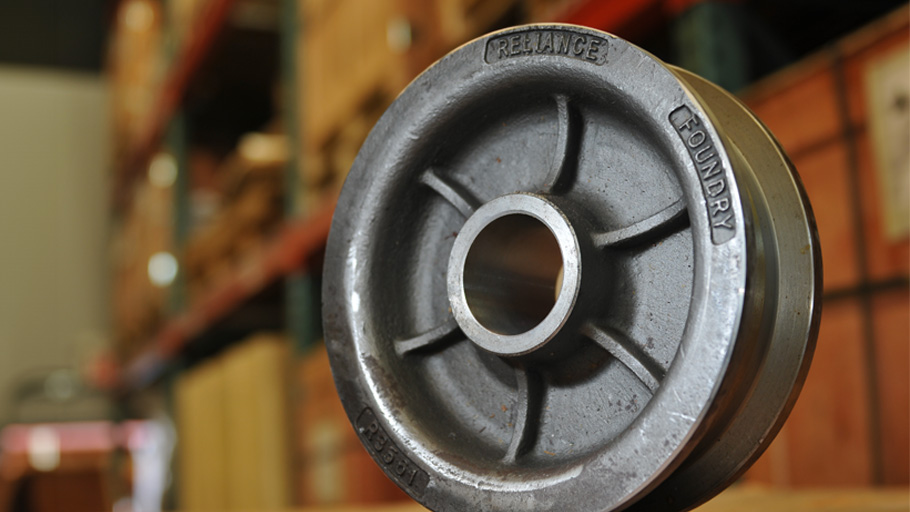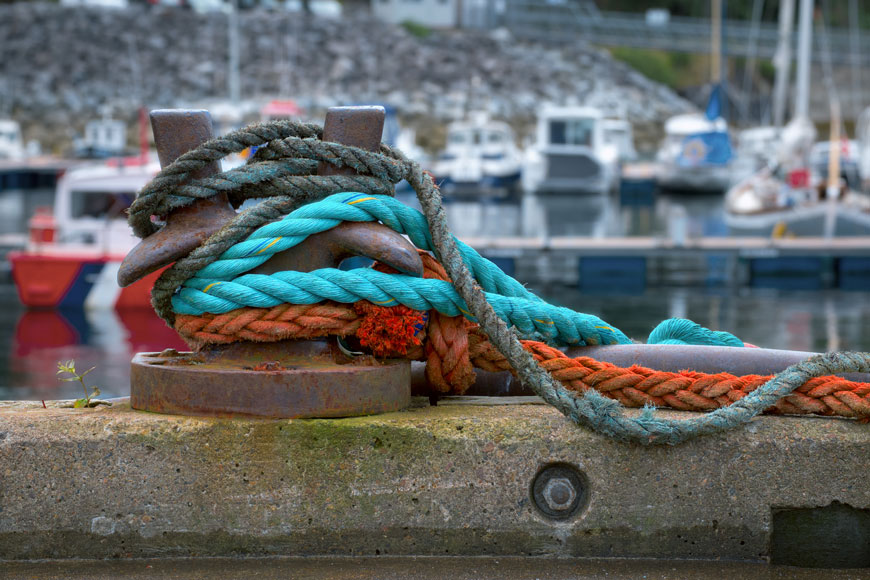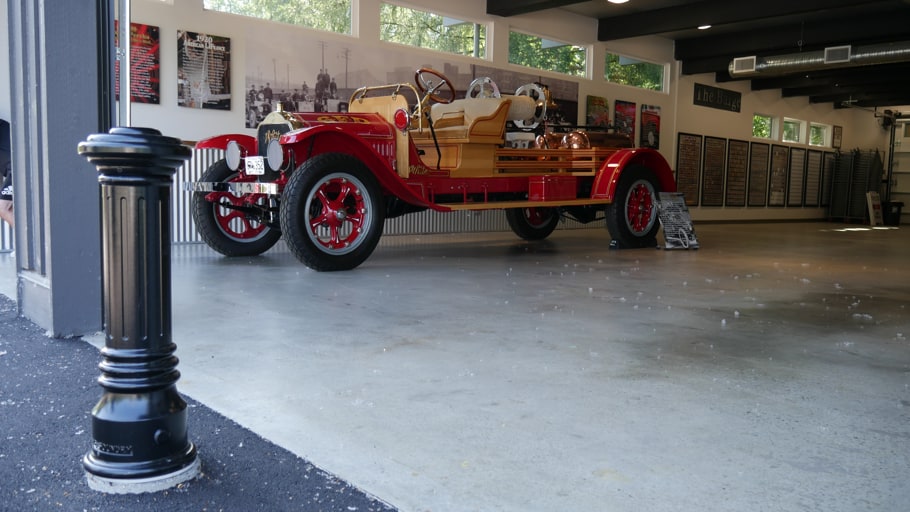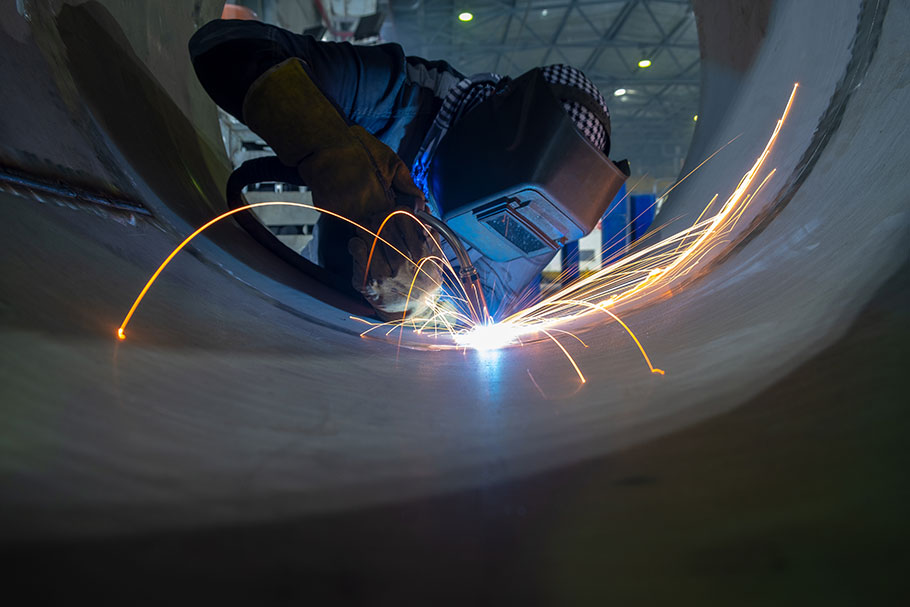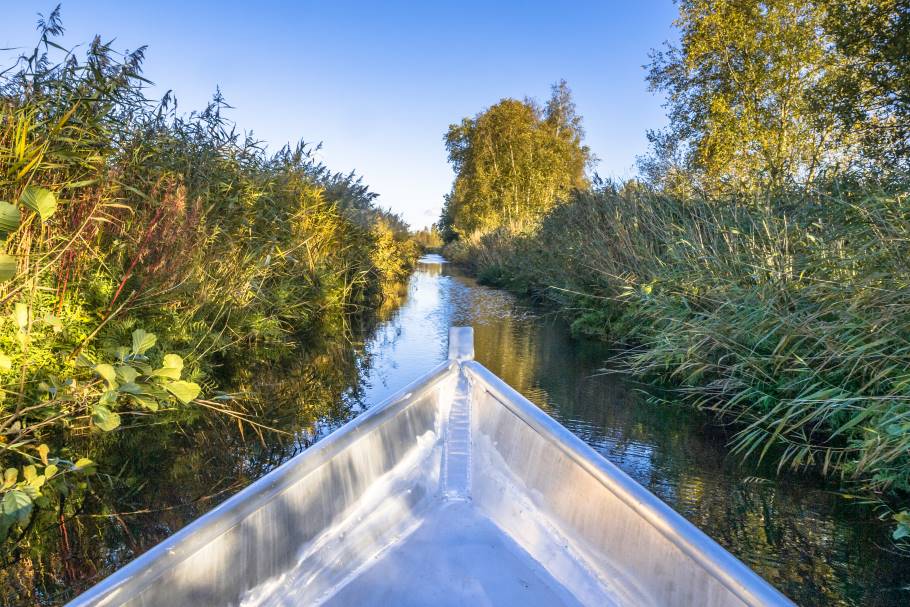Foundries are facilities that produce metal castings and offer casting-related services
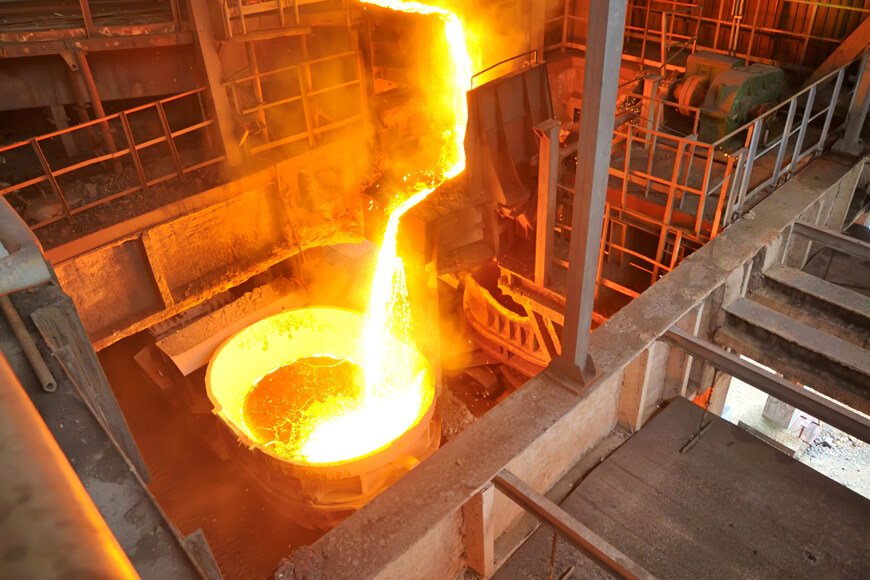
Foundries are responsible for our current standard of living and industrial development, but most of us know next to nothing about them. So what is a foundry?
Foundry Definition
In simplified terms, a foundry is a factory where castings are produced by melting metal, pouring liquid metal into a mold, then allowing it to solidify. Even if you have never been to a foundry, or even know what one looks like, you are surrounded by the metal castings they produce. There is a good chance that you are reading this less than 10 feet away from one.
Foundries don’t just produce metal products for engine, railroad, or pipe components. They also form components for machines that are required to make many of the essential consumer products we depend on. 90 percent of all manufactured goods rely on metal castings.
The Casting Process
In order to understand a foundry, you need to understand the casting process. The general steps involved in casting are patternmaking, molding, melting, pouring, ejection, cleaning, fettling, and inspection.
The final casting shape corresponds with the mold it is poured into, so molds are carefully shaped with a pattern – a wood or metal replica of the object to be cast. The most common mold material is silica sand, but they can be produced from a number of different materials depending on the casting metal and method being used.
Charging is one of the most dangerous operations in the foundry. Mistakes can be lethal.
A melting furnace is “charged” with metal and heated above the metal’s melting point. Once the molten metal has reached a specific pouring temperature it is tapped from the furnace through a spout into a refractory lined steel pouring ladle. Any slag or impurities are skimmed from the top of the molten metal surface. The ladle is then tipped to pour molten metal into a mold cavity.
The mold cools and the metal solidifies, then the casting is ejected from the mold and cleaned. The cleaned casting is finished with fettling, a process which removes excess material from the casting to meet specified dimensions for the finished product. Depending on the casting specifications, fettling can be quick and simple, or extremely detailed work. Finished castings are then inspected by the foundry before being shipped.
Foundries don’t just produce raw castings. They house a number of operations that often include part design, tool building, prototyping, machining, assembly and other after-sales services.
Foundry Equipment
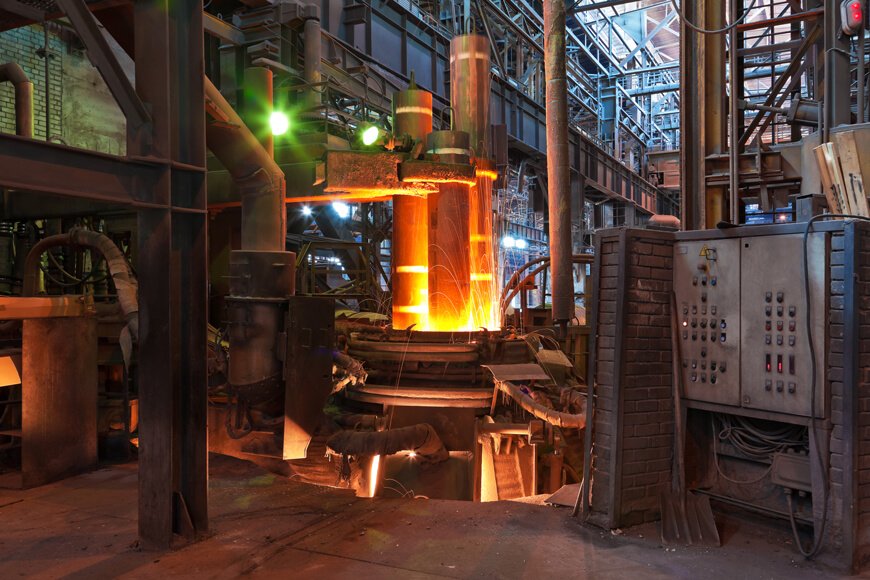
Modern foundries are heavily mechanized. They contain all the machinery and equipment used in pattern and core making, casting, and molding. That assortment includes large melting furnaces, ladles, forklifts, cranes, conveyors, and transfer vessels. All foundry equipment is specially designed to function reliably in melt shop heat.
The fundamental distinction between foundries is ferrous (iron or steel) or non-ferrous (aluminum, brass, bronze, copper, etc.). The exact type of equipment is determined by the metals the foundry works with; electric arc furnaces are ideal for working with steel, while a foundry specializing in copper is more likely to use an induction furnace. Furnaces can range in size, from small tabletop equipment to ones that weigh several tons. Production quantities can range from a fraction of an ounce to several tons. The same variability in model and size extends to patternmaking and molding machines, and most other foundry equipment.
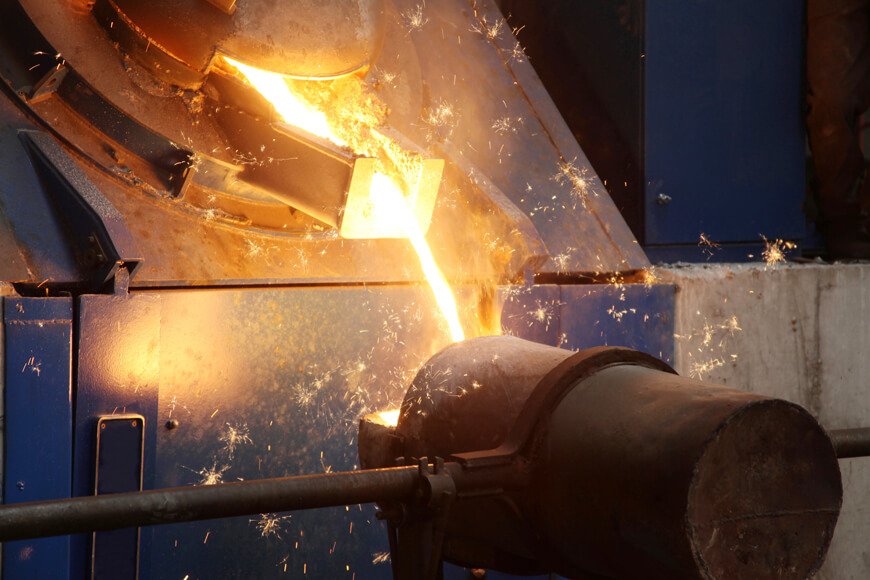
Foundry Design & Hazard Mitigation
A foundry is inherently hazardous. Its primary activity is melting metal, which frequently requires temperatures in excess of 2600 degrees Fahrenheit (1425 °C). To give that number some context, any water that comes into contact with an active furnace instantaneously expands to 1,600 times its original volume – charging a furnace with even slightly damp metal is enough to cause a catastrophic steam explosion.
The violent and unpredictable nature of chemical reactions at extreme high temperatures demand foundry safety procedures that are equally intense. Everything about a foundry is designed to minimize the risks associated with melting and transporting metal.
The same conditions that make for effective and safe melting – heat without moisture – also happen to be perfect conditions for an uncontrolled fire. Foundry design deals with this by removing flammable materials and keeping fire retardant handy at all times. Due to the aforementioned steam explosion issue, water can’t be used to put out foundry fires. Instead, fire-fighting efforts focus on smothering the flames with industrial extinguishers and dry sand.
Charging – loading metal into the furnace for melting – is one of the most dangerous operations in the foundry. A small mistake can cause anything from destruction of equipment to injury or fatality. Casters apprentice for years to develop the necessary understanding of the metals they are working with, their melting temperatures, and safe procedures.
Unsurprisingly, foundries have high ambient temperatures. They are hot, sweaty places to work – a fact aggravated by the fact that foundry workers are required to wear hard hats, eye protection, face shields, and thick aluminised clothing. As intense as the heat can be, workers wouldn’t be able to tolerate it at all if it weren’t for the high ceilings. Foundries are designed with a high roof to allow for air circulation.
After the metal has been melted, still needs to be moved around the foundry to be poured into molds. For obvious reasons, extreme precautions are taken to avoid spills, especially on or near foundry workers. The route is marked, as short as possible, and clear of obstructions. Traffic on the foundry floor is strictly controlled so unnecessary personnel are never in the way of molten metal during transport. Mechanical aids (forklifts, mechanical ladles) are used to further minimize human exposure.
Even with all the preventative measures, spills still happen. To minimize the damage when they do, foundry floors are constructed of non-reactive, flame-retardant materials. Compacted dirt is the most economical, and arguably the most effective. Regular concrete can crack with exposure the liquid metal, but high temperature concretes rated for thermal shock are available.
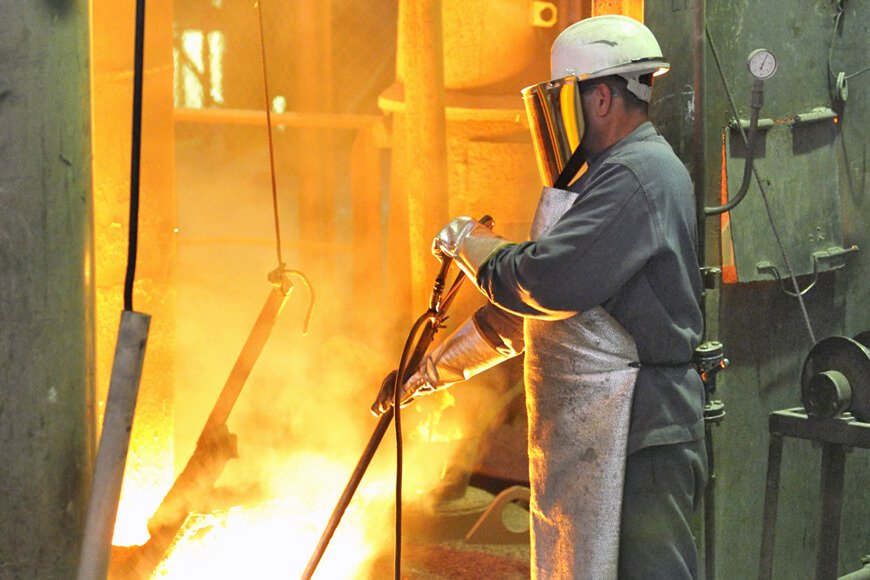
Safety conscious design and protective gear help mitigate the risk to workers and equipment, but the true key to safe foundry operations is skilled foundry workers with excellent situational awareness, strength, and endurance.
Casting Industry Trends
Castings are produced in foundries all over the globe. Conditions vary country to country, and even foundry to foundry, but the industry as a whole experiences trends. The foundry industry is undergoing some important shifts that effect quality and cost for the end user. Foundry technologies have advanced over the years, and basic foundry operations have also evolved and diversified. The most dominant trends overall are scale, automation, and on-site finishing.
New furnaces are larger, safer, and more efficient than previous generations. This has allowed industry output to grow despite a continually shrinking number of North American foundries; despite having fewer foundries than India and Japan (see table), the United States has the second largest global output of cast metal at 12,250,000 metric tons. China far outstrips all competition with an annual production of over 44,500,000 metric tons.
There is a growing demand for completely finished and ready to install parts. Foundries are changing to include more cleaning and machining capability.
The cost of raw materials, especially recycled scrap metals, has decreased, however the industry still struggles with margins due to rapidly rising labor costs. Rising labor costs are a major driver for automation – doubly so because the foundry is such a dangerous and uncomfortable work for humans. A breakthrough in foundry automation could mean decreased costs for automobile parts, train wheels, and any other mass-producible cast part.
Reliance Foundry stays at the forefront of the foundry industry to deliver the highest-quality custom castings, offering a wide variety of custom metal casting and fabrication sourcing services.
Sources
- American Foundry Society. “Castings in Our World”.
- Modern Casting. “48th Census of World Casting Production: Steady Growth in Global Output”.
- Deutsche Industriebank. “Foundry Industry 2020: Trends and Challenges”.
- Safe Work Australia. “Guide to Managing Risks Associated with Foundry Work”.


